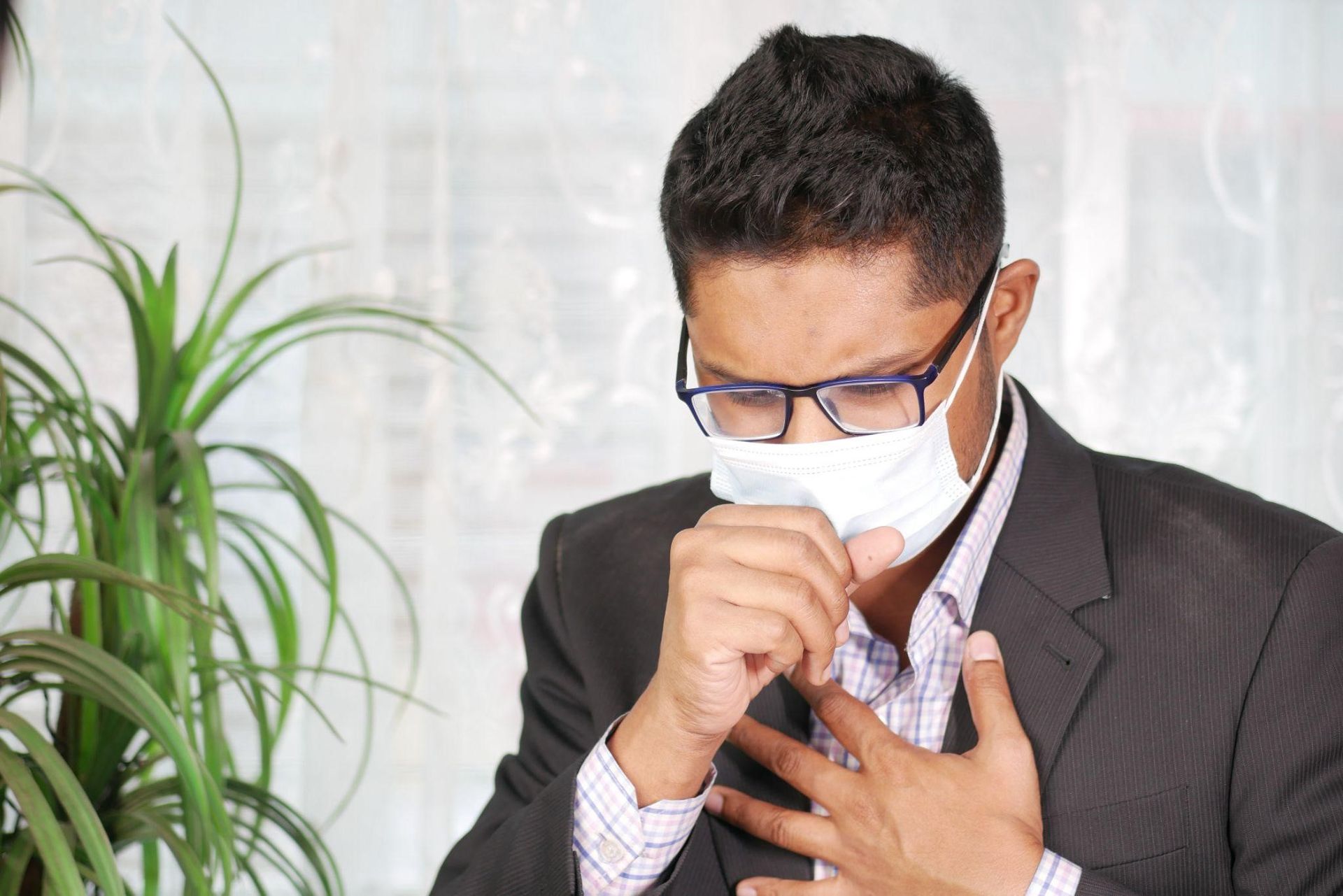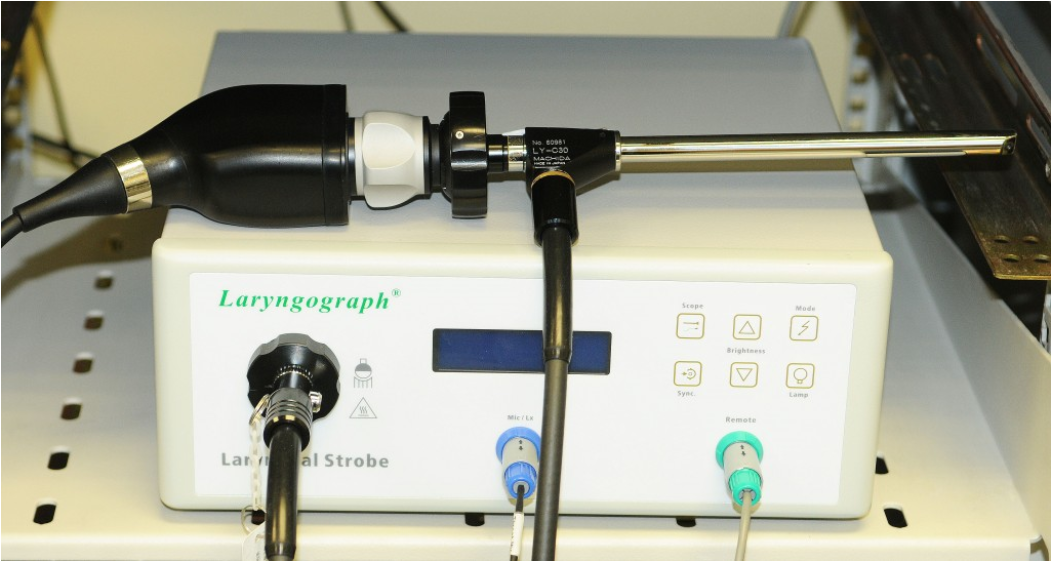What Are the Symptoms of Subglottic Stenosis?
A condition known as subglottic stenosis causes the subglottis (a section of the windpipe located right below the vocal cords), to narrow. Inflammation and fibrosis (scar tissue) are typically present in the area.
Who is Affected by Subglottic Stenosis?
Anyone can experience subglottic stenosis. Rarely, this can be congenital or seen in premature infants due to the need for a prolonged breathing tube. This frequently develops due to complications from breathing tubes, inhalational injury, or trauma to the trachea. Other common causes include infection, autoimmune diseases, or vasculitis of the trachea. Idiopathic subglottic stenosis (stenosis without known cause) statistically only affects females (98%), most of whom are white (95%).
How Frequently Does Subglottic Stenosis Occur?
Subglottic stenosis is a rare condition. One out of every 400,000 people experiences it.
How is Subglottic Stenosis Diagnosed?
Since the subglottis is a problematic area for a doctor to view and examine, subglottic stenosis is a challenging diagnosis. Before a diagnosis of subglottic stenosis is obtained, patients frequently undergo ineffective treatment for more prevalent conditions like asthma or even may be diagnosed with anxiety or panic disorder.
Subglottic stenosis is diagnosed with laryngoscopy or bronchoscopy. To check for constriction, an airway camera is inserted. Previously, this procedure was done in the operating room, but thanks to technological advancements, it may now be done in the office once the patient has taken a local anesthetic.
A CT scan may also be used to assess the size of the airway and the degree of constriction.
What are the Causes of Subglottic Stenosis?
● Subglottic stenosis can be congenital (something you are born with) or acquired (usually due to scar tissue).
● The most frequent cause of acquired subglottic stenosis in children and adults is repeated or prolonged intubation (using a breathing tube). This is more likely to develop with a breathing tube for a longer period of time or in diabetics.
● Trauma and irritants to this part of the airway are other causes.
● Subglottic stenosis can also be seen in rare inflammatory conditions such as granulomatosis with polyangititis (a rare form of vasculitis that restricts blood flow), sarcoidosis and relapsing polychondritis.
What are the Symptoms of Subglottic Stenosis?
Several possible signs and symptoms of subglottic stenosis include:
For Adults
● Stridor (a high-pitched wheezing sound when breathing in)
● Breathing difficulty (dyspnea)
● Increased production of mucus
● Coughing that won't stop
For Babies
Babies who have subglottic stenosis frequently breathe loudly. Additional signs could be:
● Poor weight gain.
● Cyanosis (when the skin has a blue colour)
● Persistent lung infections
● Breathing problems
Some symptoms of subglottic stenosis are comparable to those of bronchitis, asthma, or other disorders that affect the bronchi. As a result, some cases of subglottic stenosis go undiagnosed.
Can Subglottic Stenosis be Cured?
Mild-moderate subglottic stenosis is treatable with outpatient surgery. Surgery includes removing scar tissue with a laser and stretching the scar tissue with a special airway balloon. In office steroid injections can prevent time to recurrence. Recurrences can happen and may call for numerous treatments in the future. Patients with more severe stenosis may require a tracheostomy to stabilize the airway and require a tracheal resection and reconstruction
Dr. Elizabeth Burckardt is a laryngologist with expertise in the surgical and non-surgical management of voice, airway, and swallowing issues. I am well-versed in using surgery or dilatation, as necessary, to address subglottic stenosis. Contact me for more information on effectively treating subglottic stenosis or other voice-related issues.










